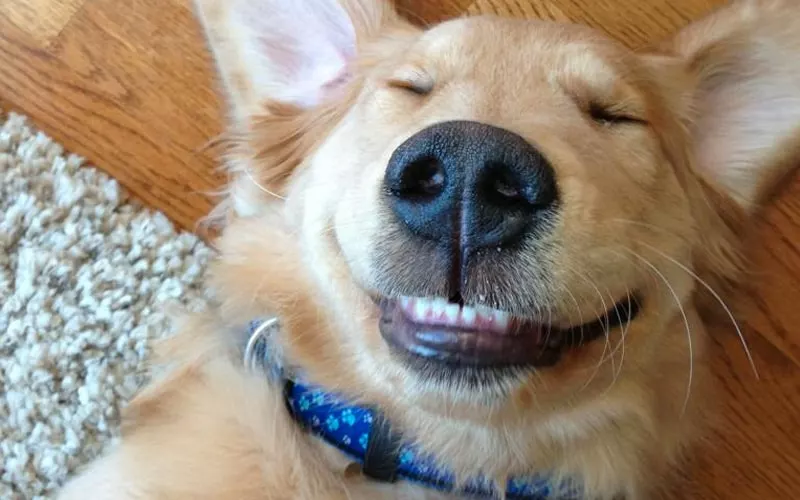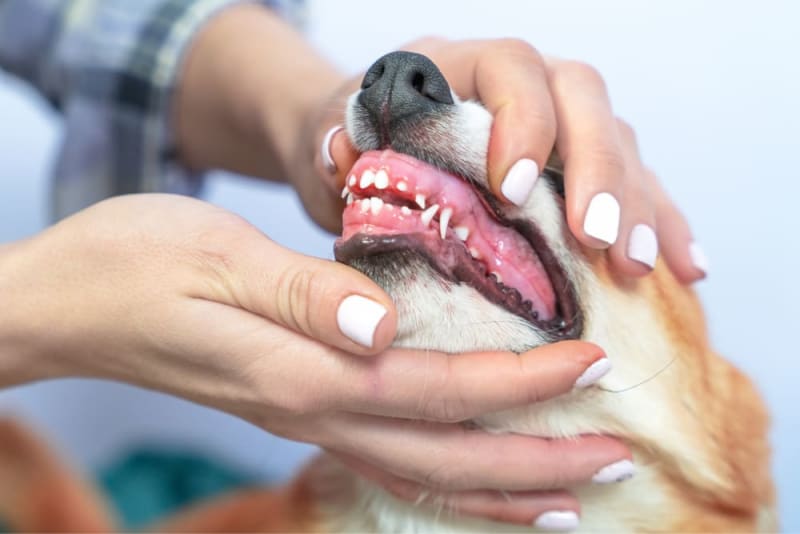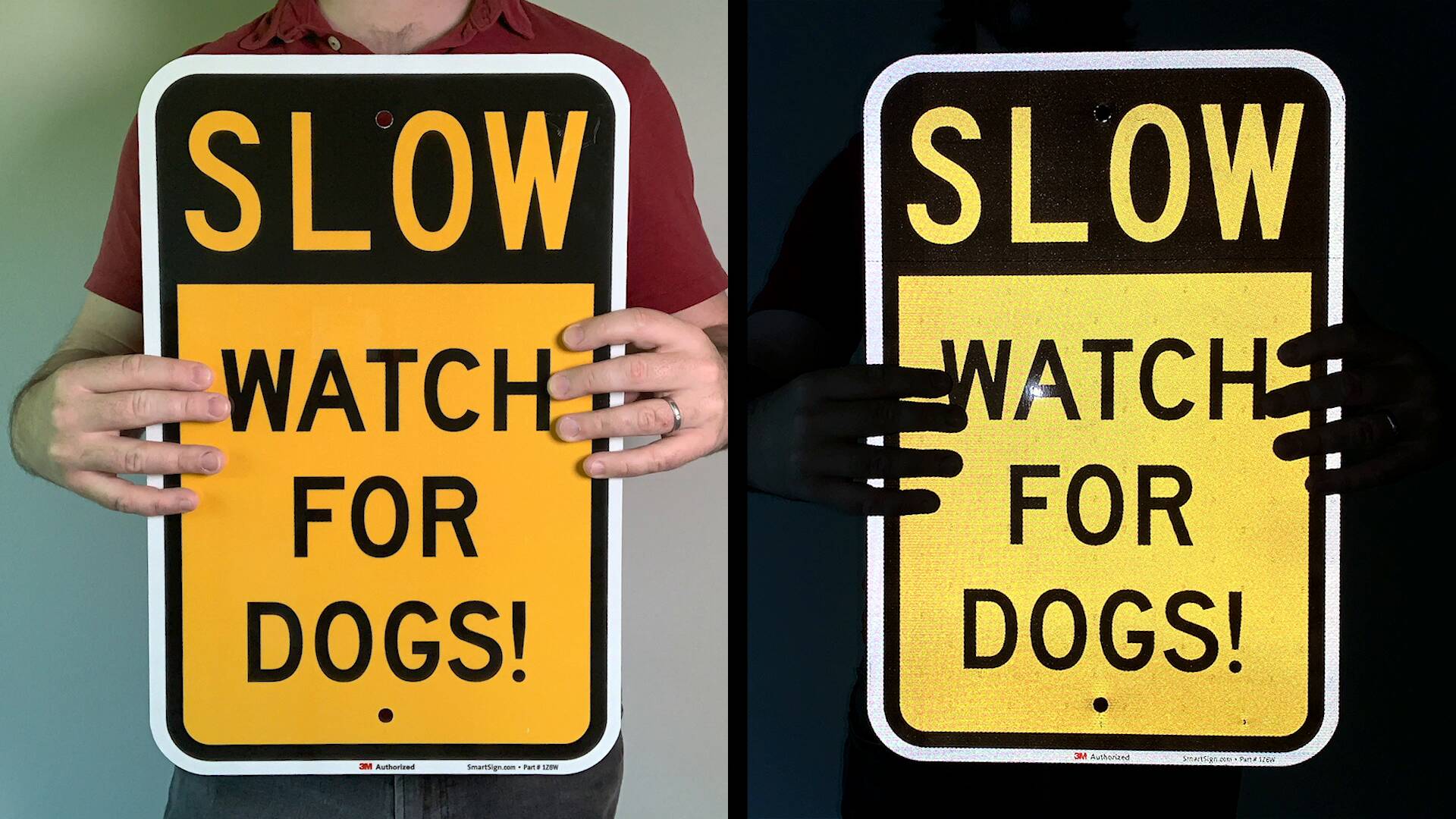Periodontal disease is a common but often overlooked condition in pets that can lead to serious health problems if not treated early. Understanding and recognizing the early signs is crucial for maintaining your pet’s oral and overall health. So, what is the first sign that owners usually notice when their pet has periodontal disease? Let’s delve into this critical topic.

What is Periodontal Disease?
Periodontal disease, also known as gum disease, affects the structures surrounding the teeth, including the gums, periodontal ligament, and alveolar bone. It begins with plaque buildup on the teeth, which, if not removed, can harden into tartar and lead to inflammation and infection.
The First Sign: Bad Breath
The first and most common sign that pet owners notice when their pet has periodontal disease is bad breath, or halitosis. While it’s normal for pets to have a bit of an odor on their breath, a strong, foul smell is often the first indication that something is wrong.

Why Does Bad Breath Occur?
Bad breath occurs because of the bacteria that accumulate in your pet’s mouth when plaque builds up on their teeth. As the bacteria multiply, they produce unpleasant odors that can become quite noticeable. This is your pet’s way of signaling that there may be an underlying issue requiring attention.
Other Early Signs to Watch For
While bad breath is the most common initial sign, there are other symptoms that may indicate the onset of periodontal disease:
1. Red or Swollen Gums
Healthy gums should be pink and firm. If your pet’s gums appear red, swollen, or bleed easily, it could be an early sign of periodontal disease.

2. Difficulty Eating
Pets with periodontal disease may find it painful to chew. You might notice them dropping food, chewing on one side of their mouth, or avoiding hard foods altogether.
3. Pawing at the Mouth
If your pet frequently paws at their mouth or shows signs of discomfort when you touch their face, it may indicate dental pain.
4. Loose or Missing Teeth
As periodontal disease progresses, it can cause teeth to become loose or fall out. This is a more advanced sign but still an important one to watch for.
5. Visible Tartar Buildup
Tartar is a hard, yellow-brown substance that forms on the teeth when plaque is not removed. If you can see tartar on your pet’s teeth, it’s a sign that periodontal disease may be developing.
Preventing and Treating Periodontal Disease
Early detection is key to preventing serious dental issues. Here are some steps you can take to protect your pet’s oral health:

Regular Dental Checkups
Schedule regular dental checkups with your veterinarian. Professional cleanings can help remove plaque and tartar that you might miss at home.
Daily Brushing
Brush your pet’s teeth daily with pet-safe toothpaste. This is one of the most effective ways to prevent plaque buildup.
Dental Chews and Toys
Provide dental chews and toys designed to help clean your pet’s teeth. These can be a fun and effective way to maintain oral hygiene.
Healthy Diet
Feed your pet a balanced diet that supports dental health. Some pet foods are specifically formulated to reduce plaque and tartar buildup.
Watch for Warning Signs
Always be on the lookout for signs of dental problems, including bad breath, red or swollen gums, and difficulty eating. Early intervention can prevent more serious issues down the line.

Conclusion
Periodontal disease is a common and potentially serious condition in pets, but early detection and proper care can make a significant difference. By recognizing the first sign of bad breath and being vigilant about your pet’s dental health, you can help ensure they lead a happy, healthy life. Regular veterinary checkups, daily brushing, and a healthy diet are essential components of good oral care for your furry friend. If you notice any signs of dental problems, don’t hesitate to seek veterinary advice. Your pet’s health and well-being are worth it!
